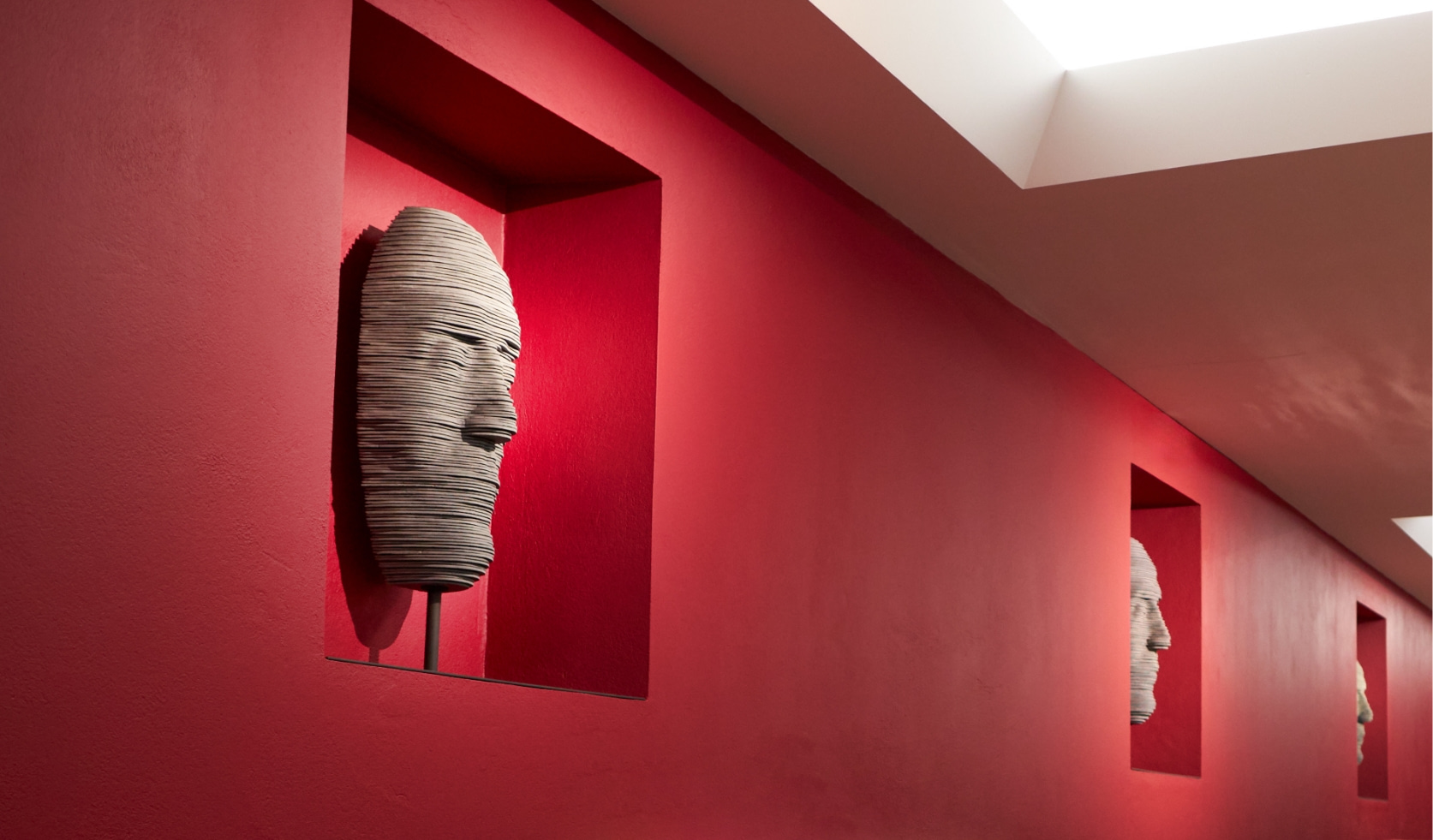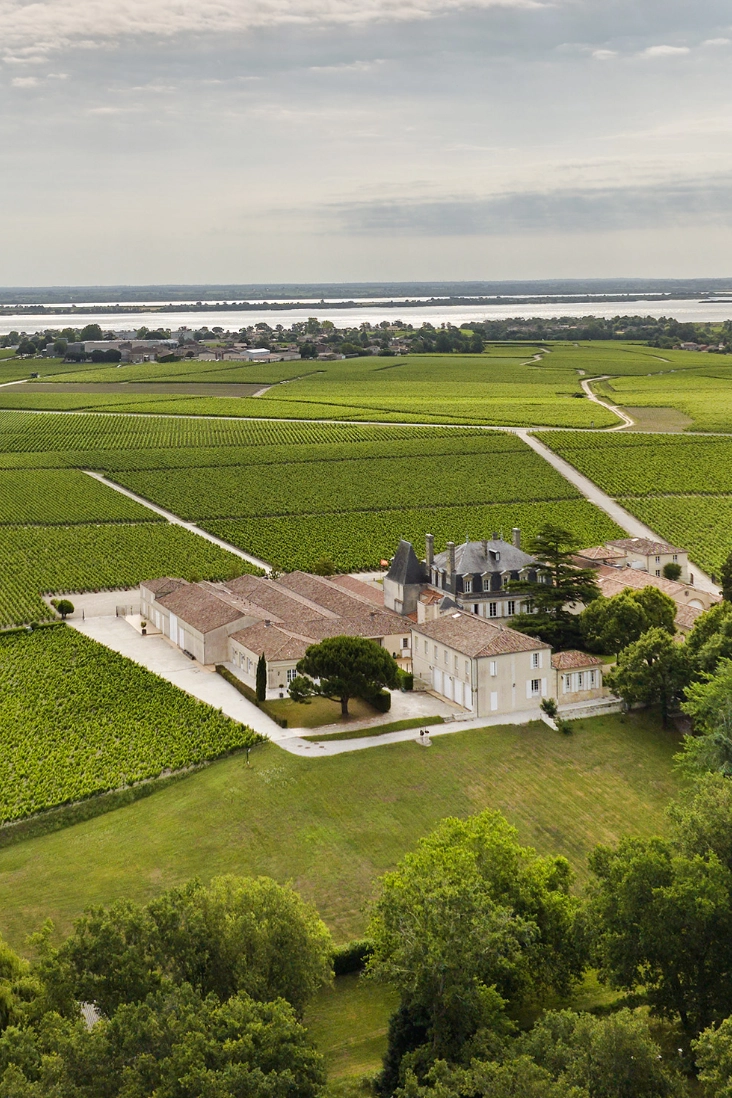

Origins 2 / A Médoc dynasty
Since the end of the 19th century, the history of the Borie family has been closely linked to the wines of Médoc. Its name is synonymous with precise expertise, where excellence and exacting standards are a constant companion.
It all begins in the centre of France, in Corrèze. Both native from Meymac, Eugène Borie (1862-1911) and his brother Émile (1865-1940) were particularly hard-working and ambitious. Faced with the limited opportunities available in their native region, the two young men decided to move to Bordeaux to set up a wine trading business. While their wives ran the business from the Limousin, Eugène and Émile travelled tirelessly to look after their customers. Their calling was born. A Bordeaux destiny opened up for their descendants.
A Médoc dynasty
Eugène and Émile Borie
rent cellars in Pauillac.
While the Bordeaux merchants concentrated on the British market, the two brothers specialised in shipments to Normandy, northern France and especially Belgium. Their sharp business sense was rewarded: their business gained in reputation and prosperity. Meanwhile, Eugène and his wife Annette welcomed four children: Eugénie, Thérèse, Francis and Marcel.
The two entrepreneurs build their own wineries.
Eugène and Émile were eager to ensure an increasingly higher level of quality, leading them to initiate the production of their own wines. Additionally, they acquired Château Caronne Sainte-Gemme, a Cru Bourgeois located in Saint-Laurent, southwest of Saint-Julien. By becoming proprietors, the brothers delved into the core of Médoc viticulture, in the region where their family had established itself.
Eugène Borie passes away, leaving his eldest son in charge.
After studying law at Bordeaux University, Francis Borie (1890-1953) came to work with his uncle Émile. He was later joined by his brother Marcel (1892-1958). Together, they created the maison “Borie Frères”. Then, after their return from the Great War, they bought Château Batailley, Fifth Pauillac classified growth.
Francis and Marcel Borie finally decide to split the business.
Although Borie Frères had flourished, each wanted to set up his own company. Château Batailley was split in two: Francis' s share became Château Haut-Batailley.
Francis Borie buys Château Ducru-Beaucaillou.
He harbours a profound passion for this Second Grand Cru Classé in 1855, where his expertise and uncompromising standards shine through. So as to devote himself exclusively to it, he chose to live there.
Jean-Eugène Borie (1921-1998) succeeds his late father.
He carries on the legacy initiated by Francis at Château Ducru-Beaucaillou, following years of apprenticeship alongside him, and cultivating the same ardour for this domain. His union with Monique Rochette, three years prior, also brought three children: Sabine, François-Xavier and Bruno.
The history of the Borie family takes a decisive turn.
When the owner of Grand-Puy-Lacoste, Raymond Dupin, chose Jean-Eugène Borie as his buyer, he immediately entrusted the reins of the domain to his son. From that point forward, François-Xavier Borie dedicated himself wholeheartedly to his mission: reviving this "sleeping beauty."













